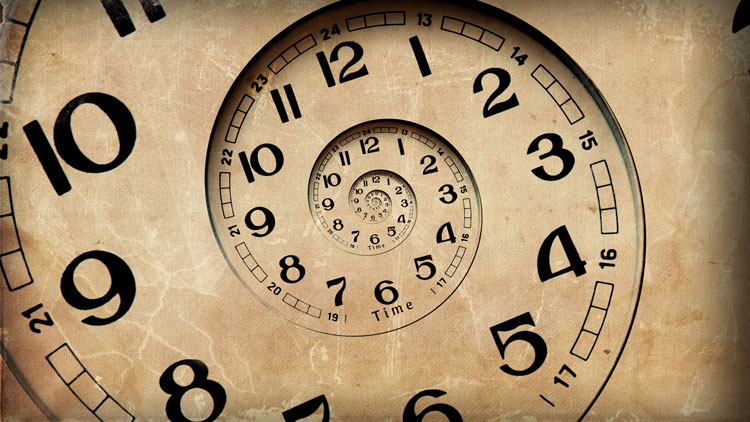
Have you ever wondered why clocks “spring forward” and “fall back”? Two days each year, many people change their clocks to follow daylight saving time. The clocks are set one hour ahead in March to gain an extra hour of daylight. In November, the clocks are set back one hour to follow standard time. The original goal of daylight saving time was to reduce energy usage. More hours of daylight in the spring and summer months meant less electricity needed to be used. However, there is a debate on where the idea of daylight saving time came from.
The history of daylight saving time is full of confusion. Depending on where people live, there is debate on whether daylight saving time is beneficial. For example, people living further from the equator enjoy extended daylight hours during daylight saving time, but it can be inconvenient without that benefit. Eventually, Congress passed the Uniform Time Act in 1966. In 2007, it was updated to add an extra four weeks of daylight saving time. It outlines how people set their clocks now, with six months of daylight saving time from March to November, and six months of standard time from November to March.
Not every country follows Daylight Saving Time. In fact, not every state in the United States follows it, either! This is because there is also debate on whether Daylight Saving Time reduces energy usage or not. Some studies have found it depends on the location of a country on Earth’s surface and whether Daylight Saving Time reduces energy usage.
What Do You Think? Why would the location of a country on Earth’s surface determine whether daylight saving time reduces energy usage in that country? Do you think daylight saving time should continue? Research more information and construct an argument to share with your class.
Photo Credit: liseykina/Shutterstock



